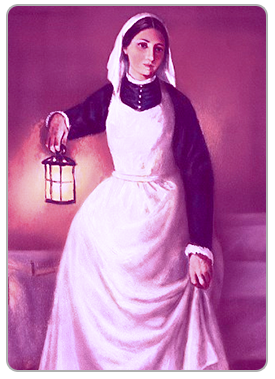Welcome to Kyra Medical
Kyra Medical is a medical manufacturer of innovative patient positioning products for the operating room. Kyra produces the next generation of lithotomy stirrups, disposables, armboards and spine positioners focused on infection control, the reduction of cross-contamination and safety for OR staff and today’s modern patient. Kyra’s purple colored stirrups are recognized for their fitment for today’s larger BMI patients and the elimination of pinch-points found on other stirrups. Kyra products are designed to be repaired on-site by your Biomed dept so that downtime is greatly reduced versus sending items offsite for lengthy and costly repairs.
About the name “Kyra”
KYRA
pronounced either as keer-ah OR Kie-rah
KYRA has a number of meanings all of which resonate with what we want KYRA products to embody.
KYRA, in Greek, is a shortened form of Kyria which is a title of respect for a woman. In Slavonic the name Kyra means “strong women”, while in Russian it means a “female beloved leader” or the “the woman people look up to.” In Hindi and in Sanskrit it can mean woman of light. In Persian it is said to be the feminine form of Cyrus (Kyrus) the famous emperor of the Persian Empire and means “woman of power.”

Powerful Women in Medical History
Clara Barton
A school teacher turned Civil War nurse was intrepid on and off the battlefield. She is credited with founding the American Red Cross.
Florence Nightingale
She is rightly credited with founding the modern nursing profession. In the Crimean War, Florence spent her night rounds giving personal care to the wounded. She was the first woman to win the United Kingdom’s “Order of Merit”.
Susie King Taylor
The first African American army nurse who served the Union Army in the US Civil War. She later founded the first school to teach freed slaves in Georgia.
Mary Louise Hawkins
The first woman to receive the United States Air force Distinguished Flying Cross. Mary’s C-47 aircraft, carrying wounded soldiers ran low on fuel and crashed. After the crash she provided critical medical care to twenty- four badly wounded and injured soldiers until further aid arrived 19 hours later. All of her patients survived.
Anandibai Joshi of India, Keiko Okami of Japan, and Sabat Islambouli of Syria
These women became the first licensed female doctors in their respective countries. They graduated in 1905 from the Women’s College of Medicine in Pennsylvania (USA).
Irena Sandler
She was a nurse who saved 2,500 children from sure destruction at the hands of the Nazis in Poland during World War II. Irena served smuggled children through battle-lines providing them with false identities. She stated “Every child saved with my help is the justification of my existence on this Earth, and not a title to glory.”
Biddy Maso
Born a slave in 1818 she fought for her won her freedom in California. She trained as a nurse and soon became one of the first African American land owners in Los Angeles. In later years she amassed a fortune which was used to establish charitable medical care societies and schools for the poor in California.
Emily Siedeberg
Emily Siedeberg- the first woman physician and surgeon in New Zealand. Emily, upon graduation from the University of Otago wrote to the Trustees of Dunedein hospital to enquire if there was any objection to her being admitted as a medical student. Citing her outstanding academic record, and over the objections of the medical staff, the trustees voted to admit her as a student in 1891. After gaining her MBChb in 1896 she went to Europe for post graduate work writing, upon her return, an “account of the European lady doctor’s difficulties in her stand against male prejudice.’
Zealous to improve the profession she gave weekly lectures on nursing for the St. John Ambulance Association and agreed to be surgeon for the newly formed Rebekah Lodge set up to aid women. Later she helped found the Society for Protection of Women and Children in Dunedin in 1899 which aimed to ameliorate ‘cruelty which no law can rectify.’
Her work in gynecology and obstetrics led her to observe that the “key to health of both mother and infant post- partum are weekly health checks” leading her to found first post-ante partum clinic in New Zealand whilst Medical Superintendent of St. Helen’s hospital.

